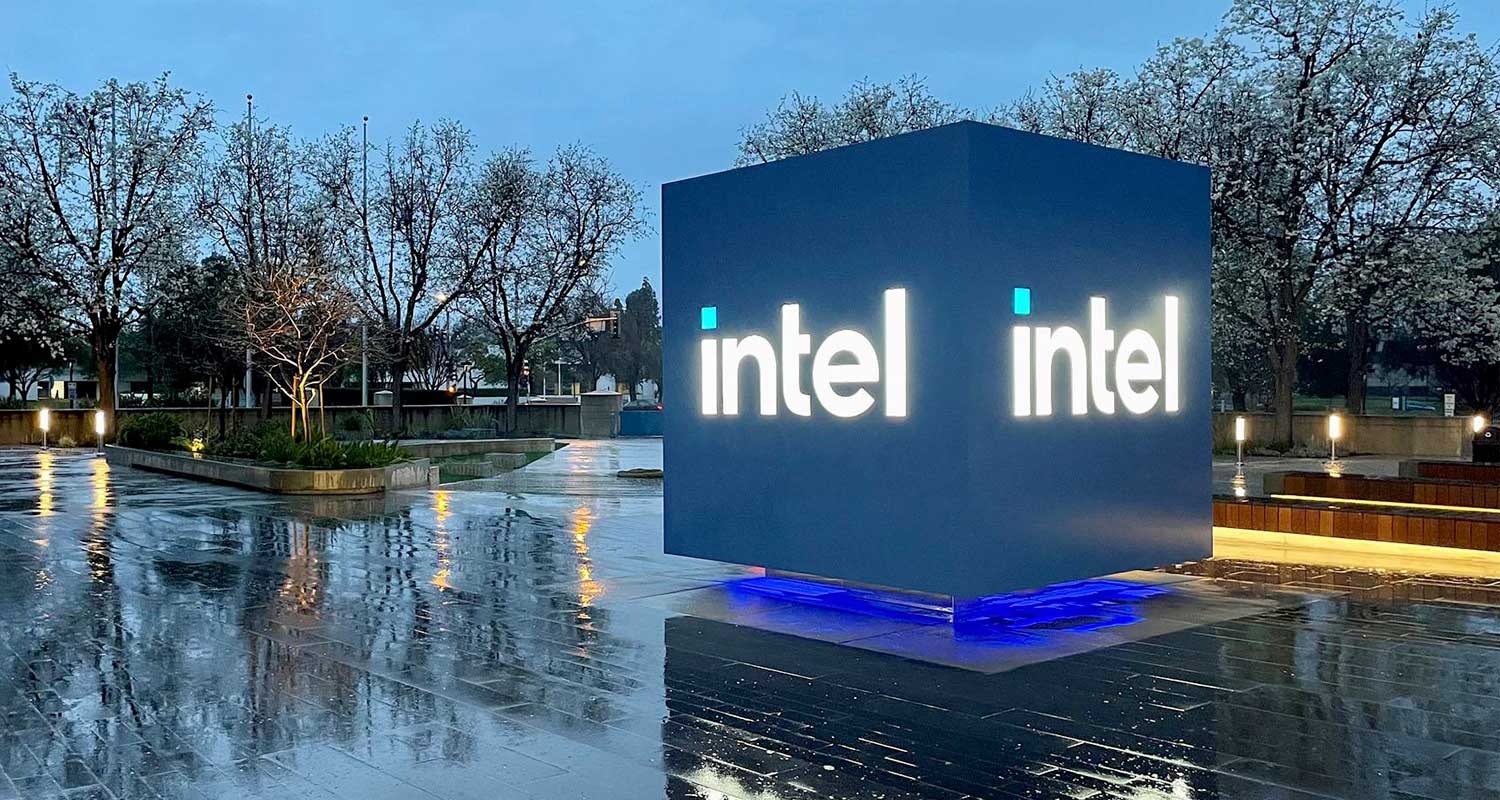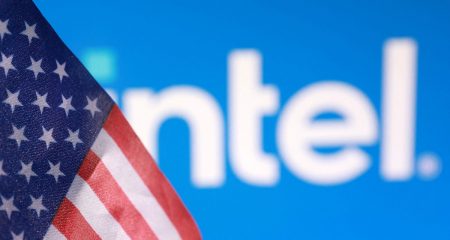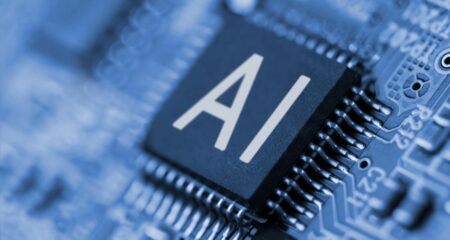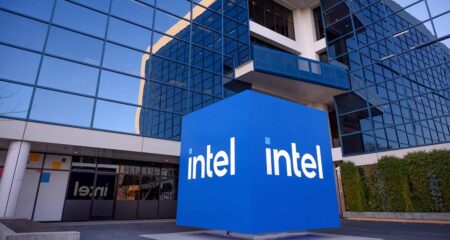 Intel was one of the first two technology companies to join the Dow Jones Industrial Average during the late-1990s dot-com boom, along with Microsoft. Now, a slump in Intel’s share price could cost the American chip maker its place in the blue-chip index.
Intel was one of the first two technology companies to join the Dow Jones Industrial Average during the late-1990s dot-com boom, along with Microsoft. Now, a slump in Intel’s share price could cost the American chip maker its place in the blue-chip index.
Analysts and investors said Intel was likely to be removed from the Dow, pointing to a near 60% decline in the company’s shares this year that has made it the worst performer on the index and left it with the lowest stock price on the price-weighted Dow.
The chip maker’s shares slid about 7% on Tuesday amid a broader market selloff, with the Philadelphia SE Semiconductor index down nearly 6%, following reports of lower chip sales globally in July.
A removal from the index will hurt Intel’s already bruised reputation. The company has missed out on the artificial intelligence boom after passing on an OpenAI investment and losses are mounting at the contract manufacturing unit that the chip maker has been building in hopes of challenging Taiwan’s TSMC.
To fund a turnaround, Intel suspended its dividend and announced layoffs affecting 15% of its workforce during its earnings report last month. But some analysts and a former board member believe the moves might be too little, too late.
“Intel being removed was likely a long time coming,” said Ryan Detrick, chief market strategist at the Carson Group. The latest results may be the final push needed to finally see the company removed from the Dow.
Total semiconductor sales globally fell 11.1% in July from June and were lower than the five- and 10-year averages, largely due to lower memory chip sales, UBS Securities said.
“End-market demand is not favourable for Intel, as well as the missteps on their product road map,” Summit Insights Group analyst Kinngai Chan said.
Turnaround plan
Intel CEO Pat Gelsinger and key executives are expected to present a plan later this month to the company’s board to slice off unnecessary businesses and revamp capital spending.
S&P Dow Jones Indices, which manages the Dow, declined to comment on whether Intel could be removed from the index. Changes to the index are made as needed and the last update happened in February when struggling pharmacy chain Walgreens Boots Alliance was replaced by Amazon.com.
Stock price is a key element for inclusion in the Dow, unlike the S&P 500 index which takes into account market value. The Dow’s selection committee monitors whether the highest-priced stock in the index has a price more than 10x that of the lowest. Currently, the highest weighted stock — UnitedHealth Group — is priced about 29x higher than Intel.
While the larger impact would be to Intel’s reputation, the exclusion would further hit its shares, which are down more than 70% from a record high in August 2000, leaving the chip maker with a market value below $100-billion for the first time in 30 years.

Nvidia could replace Intel on the Dow, according to Ryuta Makino, research analyst at Intel investor Gabelli Funds. With shares up more than 160% this year, Nvidia has become one of the world’s most valuable firms thanks to the essential role its chips play in powering generative AI. A stock split in May also increased the odds of its inclusion.
But some investors said Nvidia might be too volatile a stock for the Dow, which usually prefers more stable stocks. Texas Instruments, a nearly century-old chip maker with significant production capacity within the US, is another option to replace Intel in the index, said Daniel Morgan, senior portfolio manager at Synovus Trust, which owns shares in Intel. — Arsheeya Bajwa and Harshita Mary Varghese, with Akash Sriram, (c) 2024 Reuters




